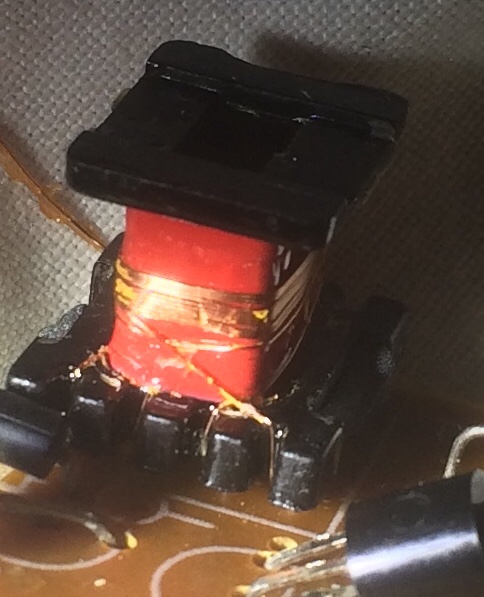I pulled apart a Chinese 18650 charger to have a look. These were the problems found.

Cable marked as H03VVH2-F VDE 0.75mm2, it has 27 strands which is a high number, this makes copper cables more flexible the larger the strand count. The problem is that the bundle measured 0.3mm diameter, which equals about 0.07mm^2. I tried using the cable to wire something else up but it was very hard to solder to. I did notice the cable was springy, and a workmate worked out it is probably Copper Clad Aluminum cable(CCA). This makes this cable undersize and non compliant as most countries prohibit the use of aluminum as a conductor in a flexible cord.

Track clearances are bad. The clearance between AC tracks measured 1mm and the distance between AC and DC measured 1mm and a track through a 1M resistor 0.6mm from 0v output.

Transformer clearance between the primary and secondary windings is basically the varnish thickness.The secondary was crossing a feedback at a point, and the feedback was crossing a primary. There is multiple wraps of adhesive tape between the windings. 11 3/4 turns secondary, 13 turns feedback, 171 turns primary.


The ac input is a single diode rectifier, so the power factor of this probably won’t comply, also the capacitor will be seeing a lot more ripple so will decrease its life quite substantially. I have seen a couple of these blow up the capacitor and the diode short out.

No feedback from the DC side, which means the linear regulation will be another inefficiency.
The output is supposed to be able to supply 1A, which is the exact rating of the rectifier diode on the secondary. I would call this undersized. I still need to measure the output current to verify what it is capable of.

PCB fusing, this is not a good ideas in most designs, but with the extra resistance of the power lead this is probably acceptable in this design (as a electrocution/fire starter device).

Looking at the approvals on the label it is concerning, but understandable, there is a warning symbol with the approvals.
The double insulation symbol is not true because of the creepage distances and transformer construction.
RoHS is not complied with as there is lead solder used for assembly.
CE is not compiled with because of the power lead, the lead solder, creepages.
The use indoors symbol is also incorrect, as who would want to use a fire hazard in your house.